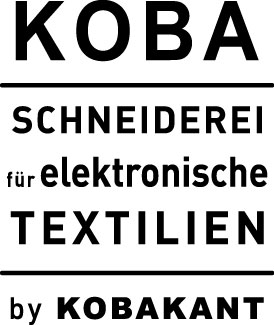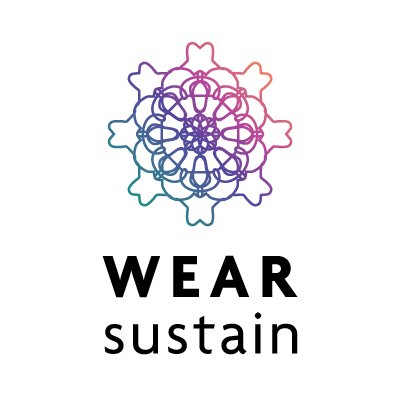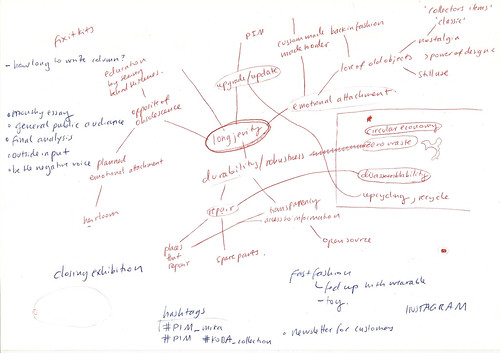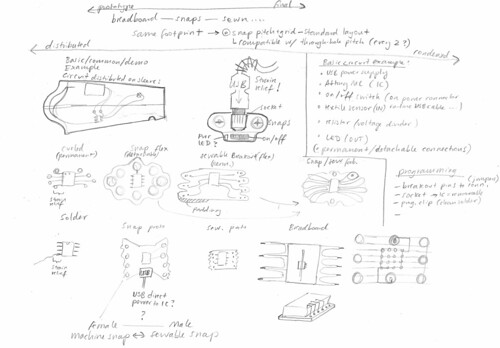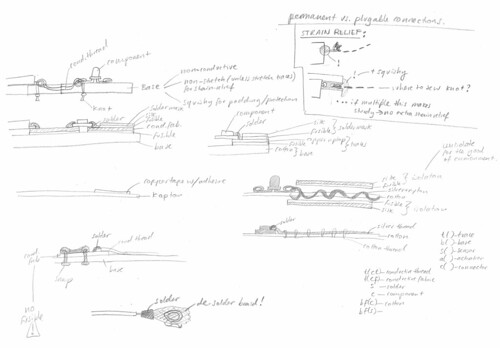Thoughts on Robustness and Repairability
Our shop is a space for speculating about tailor-made wearable technology, but it is also a story about the future of making, craftsmanship and sustainability. As makers of electronics and textiles, we’ve become increasingly aware how much the act of making impacts the world – environmentally, economically and also socially. And our tailor shop is an opportunity to experiment and discuss these topics too.
In this post I want to discuss two of the aspects we’ve decided to address in terms of environmental sustainability, “robustness” and “durability”. We’re actually aiming not simply for robustness, but for a longer life of products – LONGEVITY. The idea that by using something for longer you need to create less, use less resources, less energy, create less waste. This might now always be true – washing up vs. plastic cups – and we want to discuss this more. But for now it is our starting point for making a change to our practice that is both in line with the requirements of tailor-made e-textile technology that customers will take away and wear, as well as our intended efforts towards a more environmentally sustainable e-textile practice.
LCA Analysis: Disposable Plastic Cup vs. Glass Cup:
>> http://www.users.humboldt.edu/drivera/project_rivera.html
Disposable coffee cups vs ceramic mugs:
>> http://www.greenlifestylemag.com.au/features/1017/disposable-coffee-cups-vs-ceramic-mugs
Breaking Down Longevity
We’re breaking down longevity into the following aspects:
– Robustness and Durability: designs must withstand the wear&tear of intended use (everyday, special occasion, party, biking, activity…) and hold up for a reasonable amount of time, so that bringing them in for repairs is not an exceptional burden.
– Washability: where applicable/ if necessary these designs need to be at least hand-washable (parts removable, washing instructions….)
– Repairability: the designs are repairable, so that if broken, can be fixed with reasonable investment of time and resources
– Transparency: the designs are documented and this documentation is available (clothing tags provide links, items come with “recipe books”….). Even without documentation, these designs will be highly transparent/ “understandable” – because they were hand-made, they can be hand-fixed.
– Emotional Attachment: if something is unique, if you’ve had something handmade, if you’ve met the people who made the item, if you saw where and how it was made and you knew how much work time went into making it…. will you keep it for longer? But will you also use it more? Get more pleasure from it?
– Hackability: want to make a change, an upgrade, have it altered to fit your changing body, or up-cycled into something completely different? We can do this, or you can do it yourself….
How to DEVELOP for Longevity?
We’re in the middle of Prototyping our Opening Collection of e-textile and wearable technology examples. This collection is not just to inspire potential customers, it is also our chance to learn some new technologies and develop new techniques, as well as test these for durability. In the past our work has been performed and exhibited, and we were always around to fix the things that broke – and there were constantly things to fix! But now the things we make need to hold up at least long enough for people to get the experience of having something that works.
How to DESIGN for Longevity?
Gathering information about the materials we use.
>> https://docs.google.com/spreadsheets/d/1IZReaK6IJRkQNi2lRCOb69-yU1ZlI-Devvy_o82Z-Zg/edit?usp=sharing
Revisiting some of the ways we’ve been making permanent and detachable connections between hard and soft components of e-textile circuits.
>> http://www.kobakant.at/DIY/?p=7077
Thinking through how to transition from prototyping to final design:
>> http://www.kobakant.at/DIY/?p=7076
How to TEST for Longevity?
While we had in mind that we would need to refine our techniques to make them more robust, we totally forgot to plan a testing phase into this development. So for our first round of prototypes we’re actually making things for ourselves so that we can wear and test them. This might not sound like the most “professional” way of doing testing, but we like it, maybe because it is forcing us to think about what we want. What would we wear?
Our doors will open to the public mid December, so we have about 4 weeks ahead of us for this prototyping phase, which should result in some concrete examples with accompanying robustness solutions. Once we start taking orders, we’re also planning to “use” our first round of customers as “beta-testers”. Making this known to them, and requesting that they provide us with updates and come back to the shop for regular “checkups”.
– look at information provided by manufacturers (washability, chemical resilience…)
– contact manufacturers to request more/missing info
– wear the materials/tech ourselves
– give them to friends to wear
– use first round of customers as betatesters
– wash things
– hang things out in the wind and rain
– strap pieces of conductive fabric to our bikes and document how they change over time (appearance, conductivity…)
– send samples to testing facilities to undergo standardized tests…
– …
Sketches to think about how to make more durable connections…
